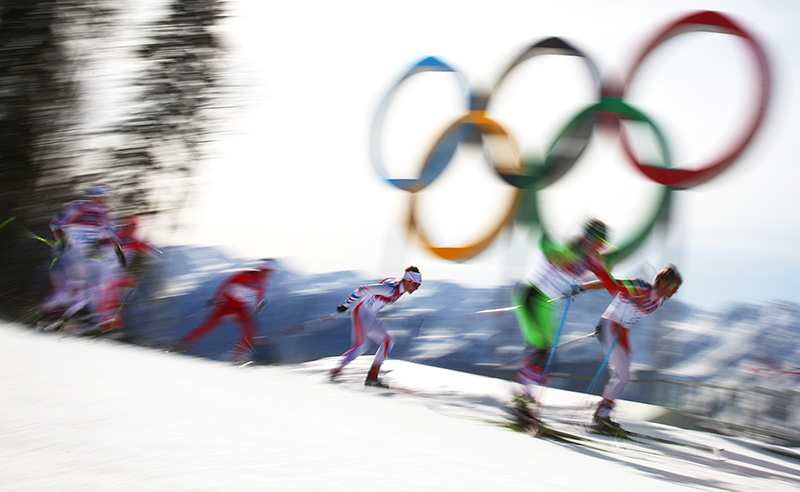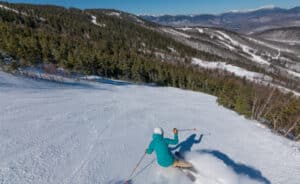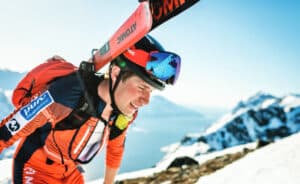
With participation rates soaring some 18 percent in just two years, cross-country skiing is the fastest-growing segment in the industry. Five million people participated in nordic skiing during 2016-17, according to Snowsports Industries America, and those numbers are likely to continue climbing in the wake of the 2018 Olympic Winter Games.
New England in particular is a hotbed for the sport, thanks in large part to the legacy of Bill Koch, the Vermont native who became the first American to win an Olympic medal in nordic skiing (he won silver in the 30 km in 1976). Koch also popularized the “skate skiing” technique so popular today, and his New England-based youth leagues introduce countless participants to the sport.
“I see what has happened even in just the past few years — the success of the women’s U.S. cross-country ski team, and the emergence of a really strong and growing juniors program in the U.S.,” said Amie Smith, executive director of the New England Nordic Ski Association. “I see younger kids watching these new role models and wanting to be just like them. This is great for our sport, and great for our nation. If more people cross-country skied, just for the love of being outdoors and the joy of gliding across the snow, the world would be a better and happier place.”
Smith, a Bennington, Vt., native who began racing nordic at the age of 5 with the Prospect Mountain Ski Club (before it became the Bill Koch League), has witnessed the sport’s growth in popularity first-hand through introducing her own two daughters to racing. “When my oldest started high school in 2007, she was one of two kids on the cross-country ski team,” she said. “Now, 11 years later, that same team has over 60 kids on it. These ‘no-cut’ teams allow accessibility to continue, whereas sports such as basketball, soccer, baseball, lacrosse, field hockey, et cetera all have teams that can only have a certain number of kids on them, and if you are not good starting out, you most likely will be cut.”



